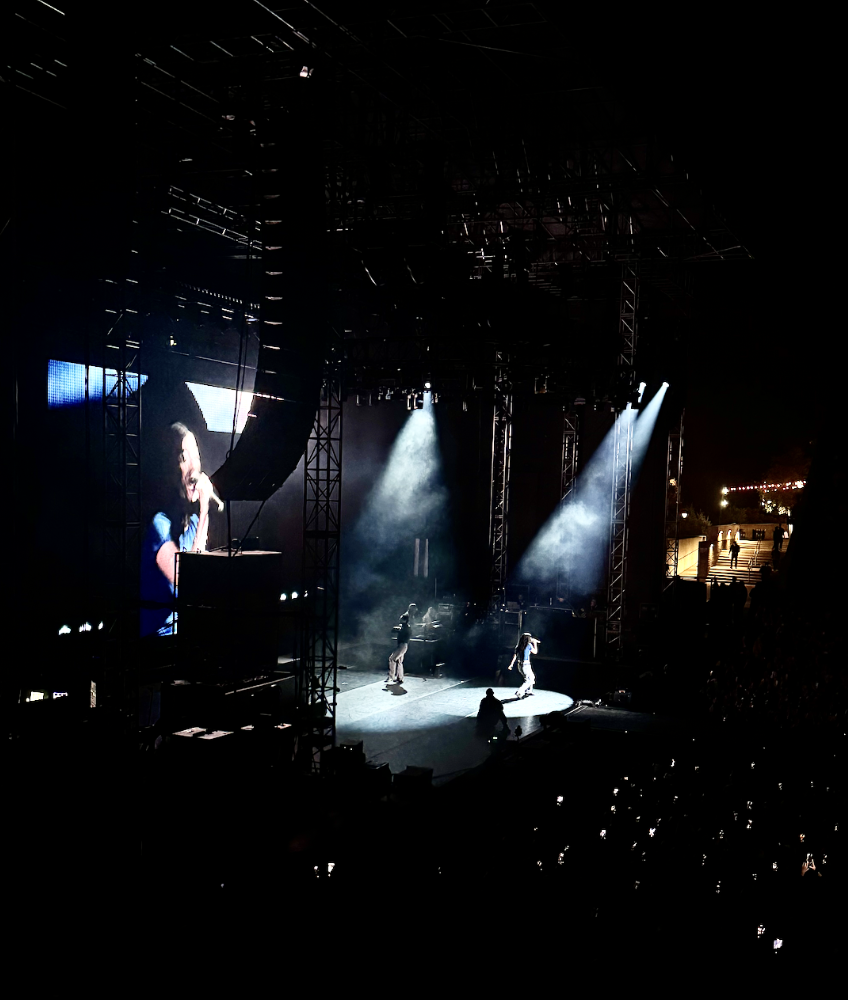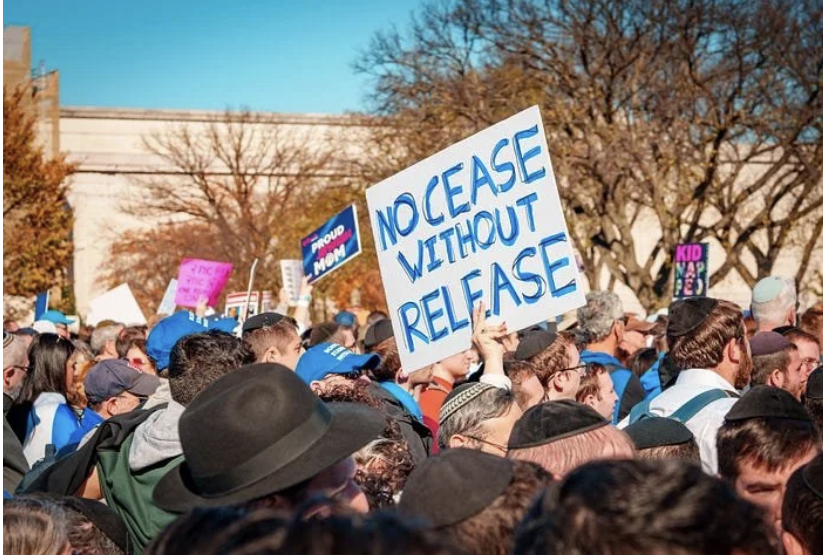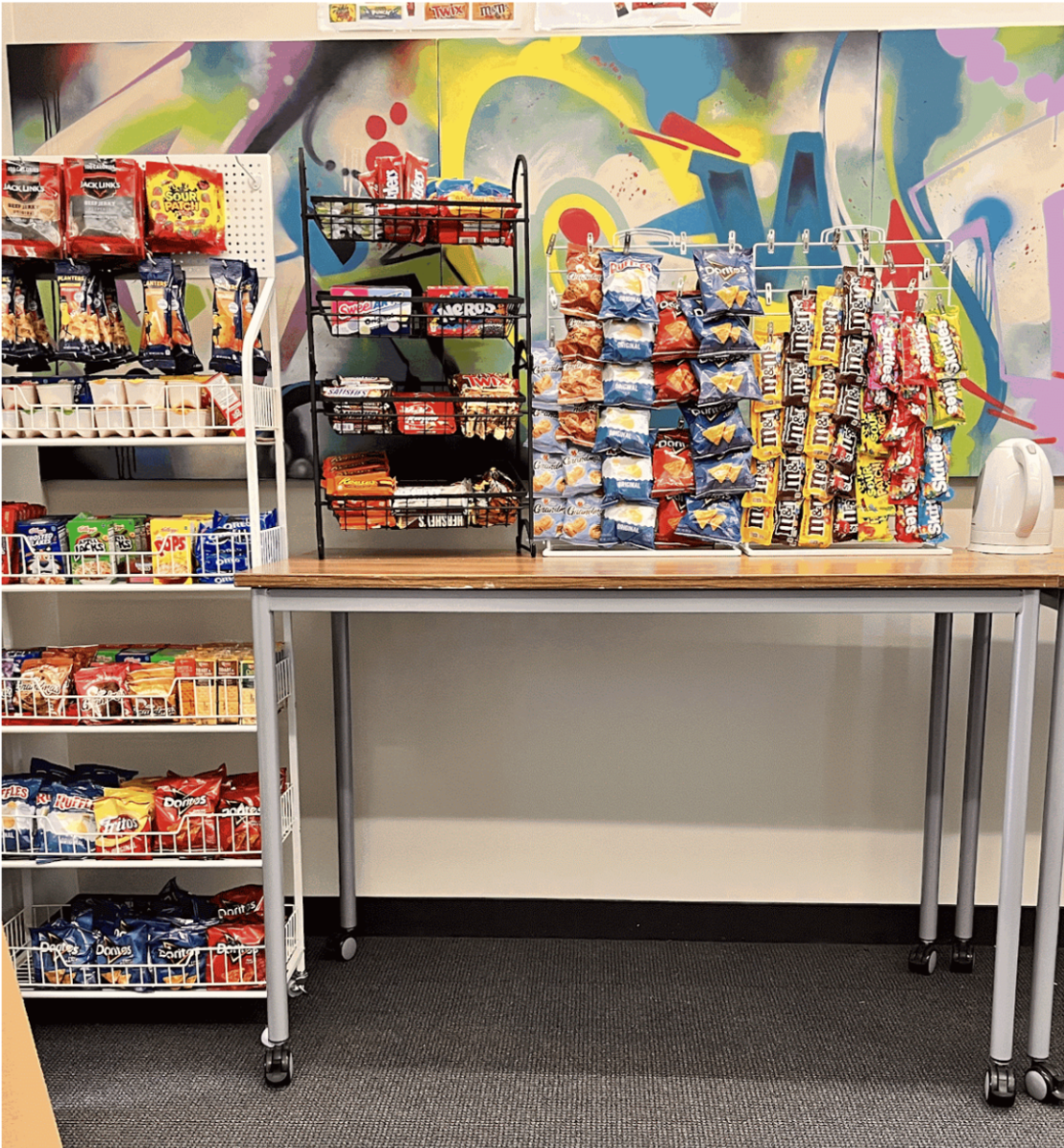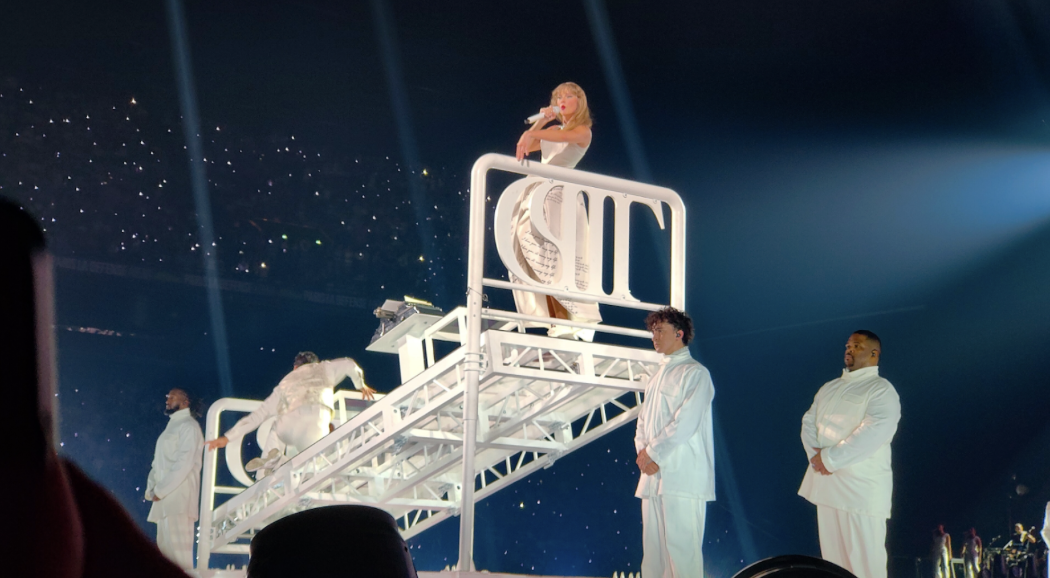 Caroline Hearst
Caroline Hearst
Reporter
When Head of School Andrea Shurley announced an experimental period of free dress after the Thanksgiving chapel, everyone around me burst into applause. No more gray skirts, polos or black tights! The excitement was palpable. Although I eventually joined in the clapping, I could not help but feel a sense of loss.
The uniform carries meaning. When we take it away, the implications are not merely external, but also social, spiritual and mental.
Call me shallow, but the clothes we wear say something about us. The uniform sends a message. We all respect ourselves. We take ourselves seriously. We are all equals. By wearing the same few items of clothing, we indicate common personal values. Take that away, and our community values become less visually discernable.
Free dress also places undue emphasis on the external. Students attend school to learn and augment their minds, not to exhibit their wardrobes. The focus of education is the internal self: there is no sixth Sacred Heart Goal that states a desire to cultivate fashion sense.
And yet many members of the Convent community are supportive of the month-long no-uniform experiment, citing the identity-masking ability of identical clothing as a reason to test out free dress. Uniforms squelch freedom of expression, they say. With uniforms, there is no way to distinguish oneself from the pack. Each student blends with the next, unable to manifest her unique characteristics in her appearance.
Such proponents of the experiment need to calibrate the importance they invest in clothes. A student’s interactions with classmates and teachers, her extracurricular involvement and her personal qualities say more about her inner self than any amount of clothing could show. Let’s not use “freedom of expression” as an excuse to dress distinctly.
If there is any dress code in the world that allows room for such freedom, it is our own Convent “uniform.” Excepting dress uniform occasions, students are typically allowed to wear nearly unlimited permutations of acceptable clothing items. Every category of apparel, from head to toe, offers alternatives. The uniform is so unrestrictive at Convent that one student misleadingly told me before I transferred, “You can wear whatever you want.” The transition from our uniform to free dress is not a leap, but a small step.
And yet, the physical measure of this step belittles its significance. Though uniformity does not necessitate conformity, it does deepen community. A shared set of clothes reflects common goals. Holding the clothing variable constant also elevates our intellectual purpose.
It would be a shame if enthusiasm for individuality overtook the honorable tradition of uniforms at Convent. Our gray skirts, polos and black tights offer more than meets the eye.








